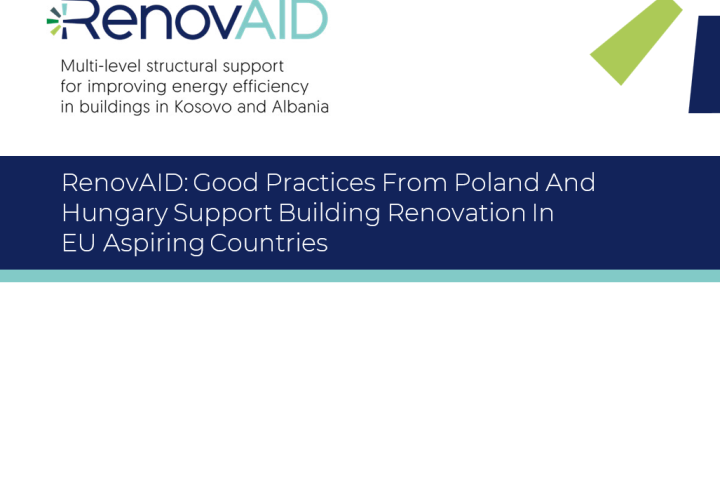Energy efficiency potential of public school and office buildings
The goal of our analysis and calculations is to provide an overview to energy efficiency stakeholders — professionals, decision makers, and laypersons interested in the subject — on the energy efficiency potential of public bodies’ buildings in Hungary.
The European Union has been placing more and more emphasis on improving the energy efficiency of public bodies’ buildings: The Directive 2012/27/EU on energy efficiency makes it mandatory for Member States to each year renovate 3% of their buildings owned and occupied by central governmental institutions.
For the purpose of this research study, public bodies’ buildings are defined as buildings that are part of state-owned assets. In our study, we have analyzed data received from the database of the Hungarian National Asset Management Inc. on approximately 12,000 buildings. Since conducting an analysis on all types of public bodies’ buildings was not feasible due to the lack of capacity, we have decided to narrow our focus on two types of institutions, namely those performing some type of administrative activity (offices) and educational institutions. Finally, we have worked with data of approximately 3,500 buildings.
Results show that the energy efficiency potential of the state-owned educational and office buildings analyzed in this study exceeds 3.0 PJ in total.






